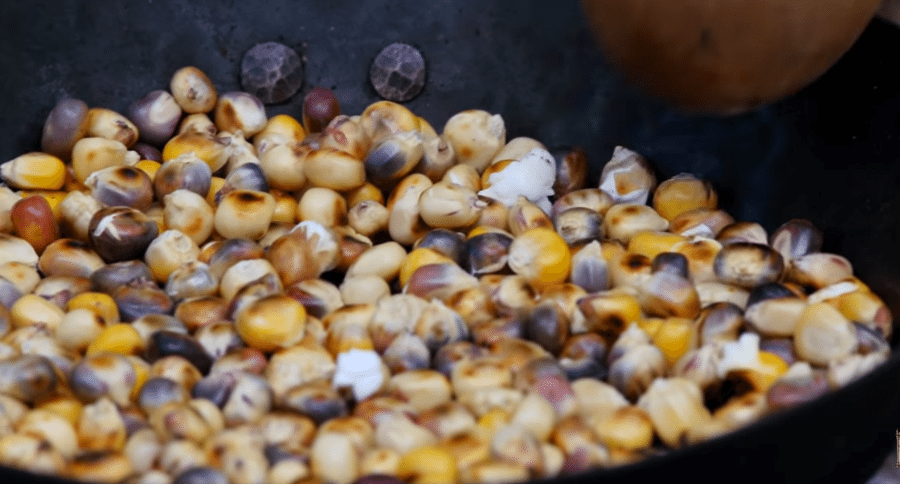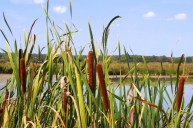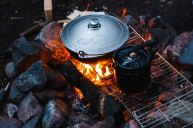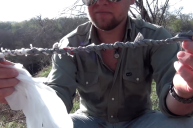Welcome to a fascinating history lesson and hands-on tutorial on a common 18th century survival food: parched corn. Here's how you can make it yourself.
"Corn was such an important food for the Native Americans and the settlers in the 17th, 18th and 19th centuries," says Jon Townsend. Parched corn was a method of preparing the seeds or kernels that resulted in a desirable product for carrying on long journeys and for winter storage.
As Townsend points out, parching corn as a method was used by many different people and employed many different varieties of corn, so there is no one standard practice of parching.
There are actually several historic methods of parching corn and an endless variety of corn plants, and he explores a few of them here.
This is really fascinating stuff, particularly the "sand method" of parching. But the bottom line is that parching changed the structure and flavor of corn, and enables it to be more easily ground into what Townsend calls "the perfect survival food."
Parched corn has "almost complete nutrition, a lot of energy packed in for the amount of weight... and it's not in a big, bulky form."
Now that you've seen some of the methods employed to parch corn, it's time to undertake step two of the preparation of the corn to make it edible and a legitimate survival food.
Ben Franklin wrote a pamphlet of the subject of parched corn, and in it he said of this step, "That which is parched is pounded into powder in mortars, this being sifted will keep long fit for use. An Indian will travel far, and subsist long on a small bag of it, taking only six or eight ounces of it per day mixed with water."
After grinding the powdered corn meal would be carried in a bag, mixed with water and prepared in a few different ways: as a hot or cold gruel or porridge, as a tea, baked into small ash cakes over an open fire, or mixed with berries or other wild edibles.
Combine parched corn with pemmican as two 17th and 18th century survival foods and you've got compact, nutritious and highly portable survival or simple sustenance foods. Make them both and be sure to add them to your survival kit.
Sometimes the old ways are still the best.
Like what you see here? You can read more great articles by David Smith at his facebook page, Stumpjack Outdoors.
NEXT: Here's How Early American Whiskey Was Made on the Homestead
https://rumble.com/embed/u7gve.v3tq0x/




